
Ba Ria - Vung Tau province belongs to the Southern Key Economic Zone, has a strategic position as an important gateway connecting the Southeast provinces with the East Sea. The province borders Dong Nai province to the North, Ho Chi Minh City to the West, Binh Thuan province to the East and the East Sea to the South.
With more than 300km of coastline, Ba Ria - Vung Tau province is endowed by nature with ideal conditions for developing sea tourism and related economic sectors.


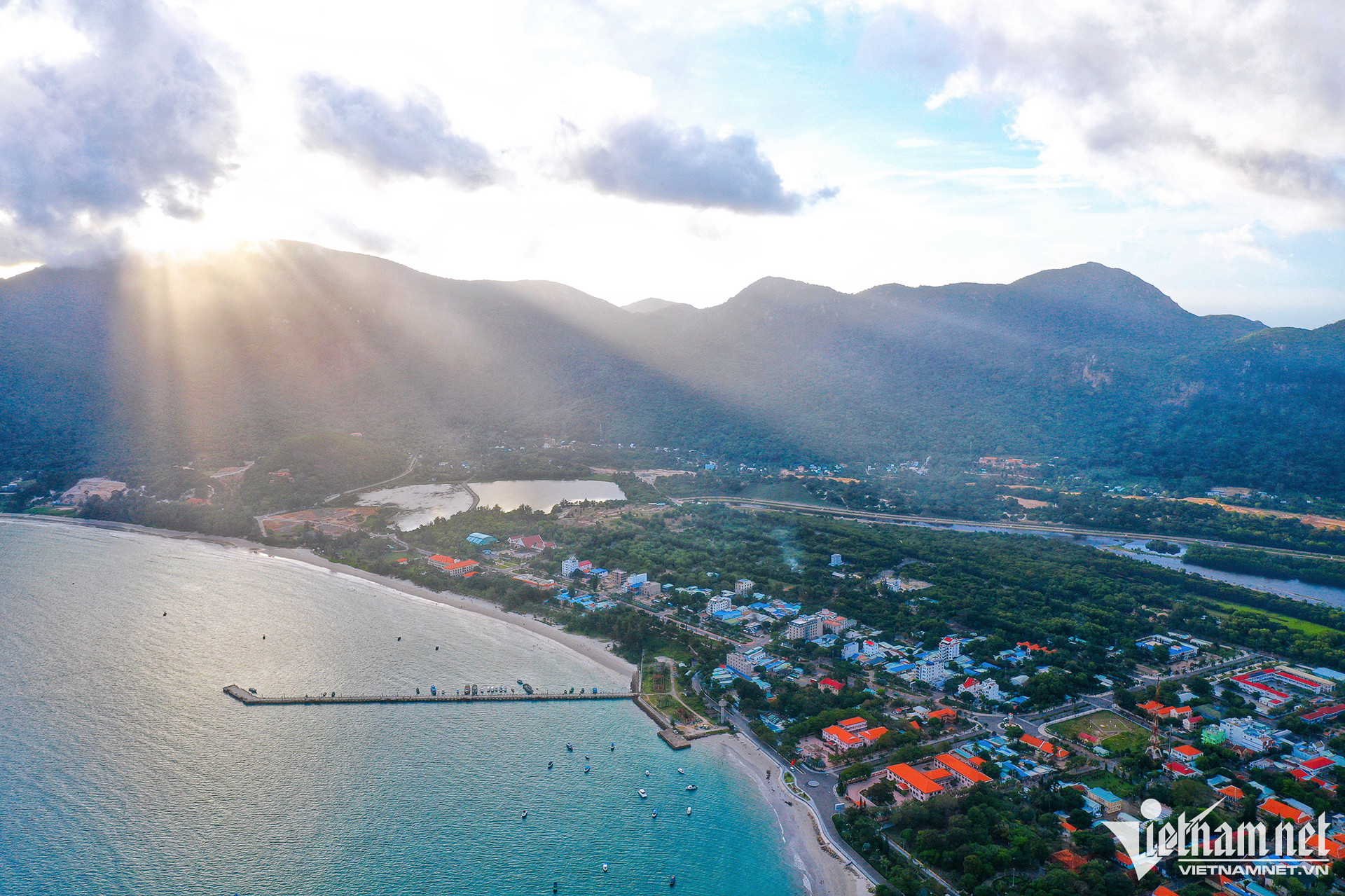
Ba Ria - Vung Tau has 7 administrative units located on the mainland and one island administrative unit, Con Dao district. In the photo are Vung Tau city, Ba Ria city and Con Dao district.

About 88km from Ho Chi Minh City, Vung Tau city is an important economic, financial, cultural and tourist center of Ba Ria - Vung Tau province as well as the key economic region of the South.
After more than 30 years of development, the city has gradually become a leading urban center in the Southeast region, as well as a national-level integrated urban area for oil, gas and tourism. In particular, this city is one of the leading urban areas in the country in terms of per capita income.


Vung Tau City is always crowded with tourists coming to visit and relax, especially on weekends and holidays. This place is also a hot spot attracting investors. Many high-class hotels, resorts and homestays have been built to meet the diverse accommodation needs of tourists.

Ba Ria - Vung Tau used to be a special zone. Vung Tau - Con Dao special zone was established in 1979 on the basis of Vung Tau town, Dong Nai province, Long Son commune, Chau Thanh district, Dong Nai province and Con Dao district, Hau Giang province. Today, Ba Ria - Vung Tau province is striving to build and develop towards becoming a high-quality tourism center of the country and the region. In the province's development plan for the period 2021-2030, with a vision to 2050, the province has clearly identified the direction of tourism development according to regional space, focusing on tourism development in the southeast coastal area and Con Dao district.

In particular, Ba Ria - Vung Tau is one of the largest oil exploitation and processing centers in Vietnam, leading in the energy sector. With oil reserves of about 400 million tons, accounting for 93.29% of the country's total reserves, along with gas reserves exceeding 100 billion m3, accounting for 16.2% of the country (according to statistics in 2023).
For many consecutive years, the province has always been in the top 10 localities with the highest GRDP and total state budget revenue in the country. Notably, in 2021, Ba Ria - Vung Tau is the locality with the largest oil reserves in the country with an average GRDP of about 7,141 USD, equivalent to the average GRDP of Thailand.



The infrastructure of Ba Ria - Vung Tau province has been invested and upgraded. In particular, the Co May bridge shaped like a seagull spreading its wings across the Co May river (located on Highway 51) connecting the two cities of Ba Ria and Vung Tau is an urban highlight. This is also considered a new symbol of the province.




Large cities such as Vung Tau, Ba Ria, Phu My are investing in upgrading technical infrastructure such as inner-city roads, drainage systems, public lighting, trees... Many roads have underground power and telecommunication lines.

Ba Ria City is the political and administrative center of the province with synchronous infrastructure, a vital trade route of 3 national highways: 51, 55, 56. This place has many advantages for developing transportation activities.

Seen from above, Ba Ria City stands out thanks to its neatness, tidiness and green space.
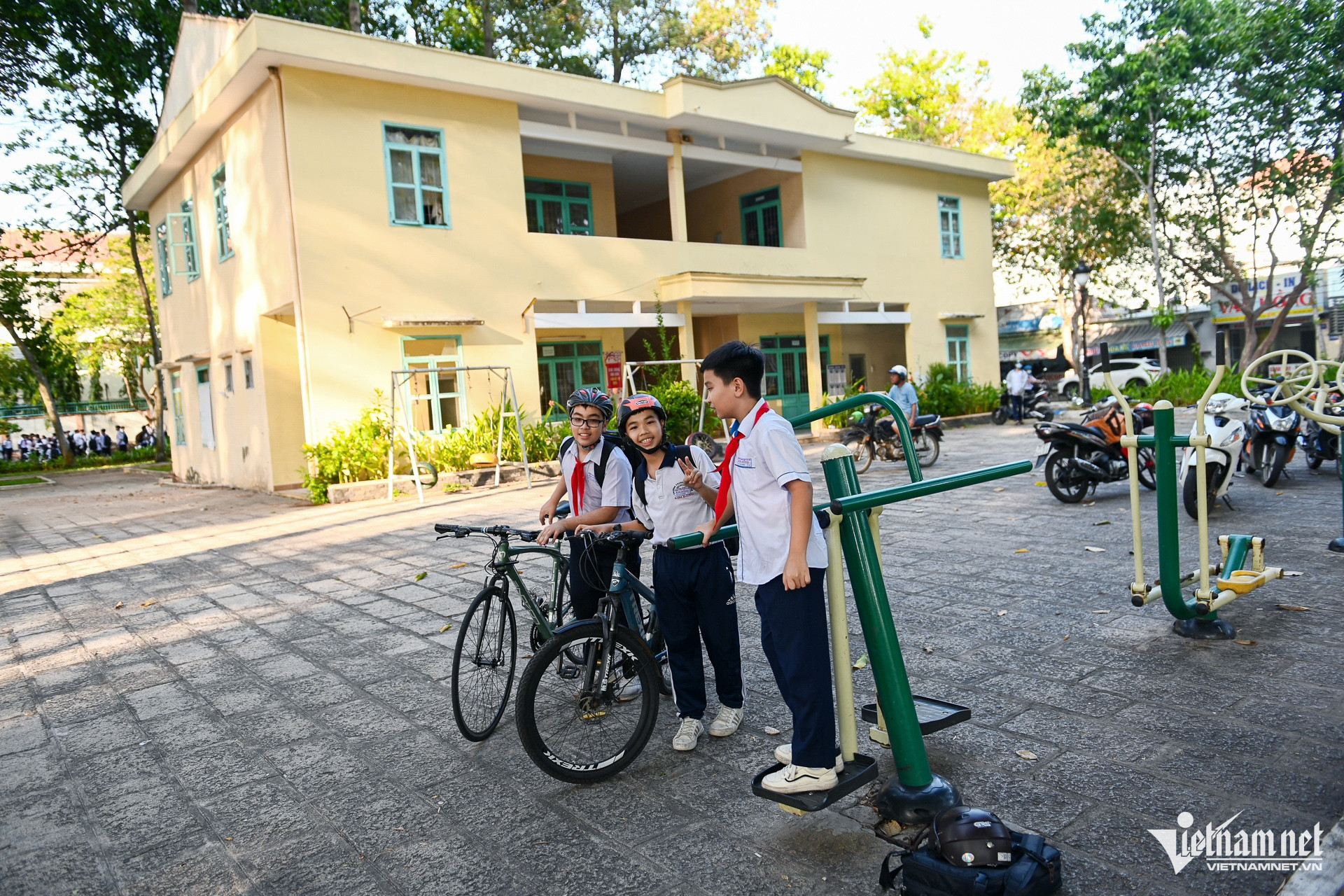
Students playing at Le Thanh Duy park, located on Cach Mang Thang Tam street, right in the center of Ba Ria city.

One of the highlights of Ba Ria - Vung Tau urban infrastructure is the subtle combination of modern elements and local cultural identity.

Among them, the Round House of Ba Ria is a national historical relic, bearing deep historical significance and marking many important events in the revolution for independence of the people of Ba Ria - Vung Tau. Built in the early 20th century, the Round House is not only a historical symbol but also a living testament to the resilient struggle of the people here.
Nguyen Hue - Vietnamnet.vn
Source: https://vietnamnet.vn/toan-canh-tinh-ven-bien-co-mo-dau-khi-lon-nhat-viet-nam-2385536.html


![[Photo] Chinese, Lao, and Cambodian troops participate in the parade to celebrate the 50th anniversary of the Liberation of the South and National Reunification Day](https://vphoto.vietnam.vn/thumb/1200x675/vietnam/resource/IMAGE/2025/4/30/30d2204b414549cfb5dc784544a72dee)



![[Photo] Cultural, sports and media bloc at the 50th Anniversary of Southern Liberation and National Reunification Day](https://vphoto.vietnam.vn/thumb/1200x675/vietnam/resource/IMAGE/2025/4/30/8a22f876e8d24890be2ae3d88c9b201c)
![[Photo] The parade took to the streets, walking among the arms of tens of thousands of people.](https://vphoto.vietnam.vn/thumb/1200x675/vietnam/resource/IMAGE/2025/4/30/180ec64521094c87bdb5a983ff1a30a4)
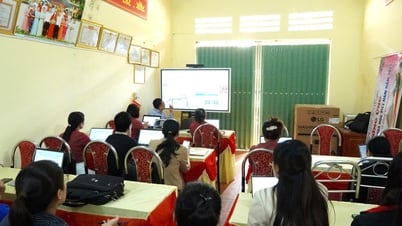


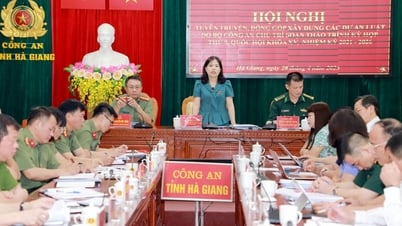
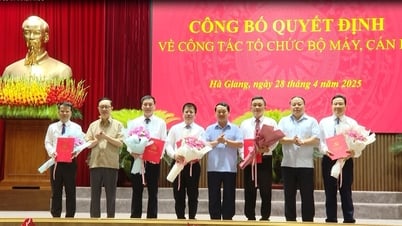





![[Photo] Ho Chi Minh City residents "stay up all night" waiting for the April 30th celebration](https://vphoto.vietnam.vn/thumb/402x226/vietnam/resource/IMAGE/2025/4/30/560e44ae9dad47669cbc4415766deccf)
![[Photo] Ho Chi Minh City: People are willing to stay up all night to watch the parade](https://vphoto.vietnam.vn/thumb/402x226/vietnam/resource/IMAGE/2025/4/29/cf71fdfd4d814022ac35377a7f34dfd1)
![[Photo] General Secretary attends special art program "Spring of Unification"](https://vphoto.vietnam.vn/thumb/402x226/vietnam/resource/IMAGE/2025/4/29/e90c8902ae5c4958b79e26b20700a980)

![[Photo] Hanoi is brightly decorated to celebrate the 50th anniversary of National Reunification Day](https://vphoto.vietnam.vn/thumb/402x226/vietnam/resource/IMAGE/2025/4/29/ad75eff9e4e14ac2af4e6636843a6b53)





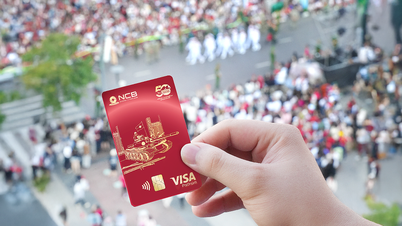

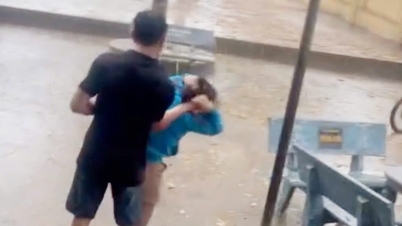


![[Photo] Performance of the Air Force Squadron at the 50th Anniversary of the Liberation of the South and National Reunification Day](https://vphoto.vietnam.vn/thumb/1200x675/vietnam/resource/IMAGE/2025/4/30/cb781ed625fc4774bb82982d31bead1e)











































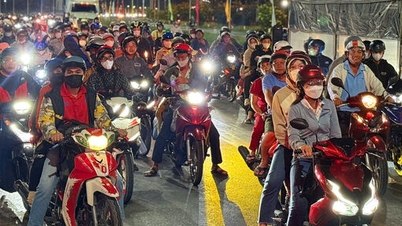



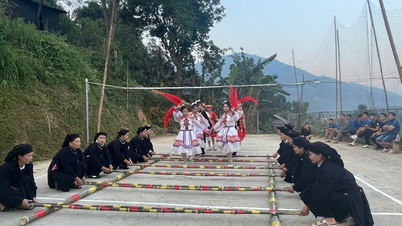
















Comment (0)